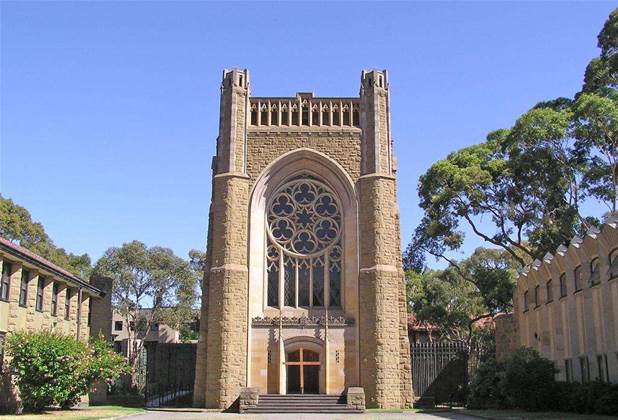Australian universities are rethinking the on-campus experience as student enrolments in free, online courses grow.

In the past six months, the Universities of NSW, Melbourne and Western Australia have joined global giants including Stanford and Princeton in offering massive open online courses (MOOCs).
MOOCs typically involve online lecture videos, collaborative study groups, and quizzes and assignments that — as with traditional university courses — must be completed within a set timeframe
University of NSW deputy vice chancellor Iain Martin likened MOOC technology to the 1990s open source WebCT course management system, but noted that cultural acceptance of online banking and travel services was driving change.
“The future is going to be quite different to the past; I’m just not quite sure what the future is going to look like,” he said.
Attendees of a higher education conference in Sydney this week said students were turning to MOOCs because of broadband penetration, the ubiquity of mobile devices and the expense of traditional tertiary education.
Citing late psychologist B.F. Skinner’s 1954 paper, The Science of Learning and the Art of Teaching, Martin noted that technology allowed educators to engage with greater numbers of students than before.
“You can quite easily construct a vision for the next 20 years where we have half a dozen global education brands that have done to the university sector what Ford, Volkswagen, Nissan have done to the car manufacturing industry,” he said.
“The challenge for us is how do we make sure we’re not having the debate about how do we keep the last Holden of the university world alive in 40 years' time when everyone is driving around on an edX [MOOC platform].”
While academics have acknowledged unresolved issues with revenue, copyright, quality assurance, authenticating students and accreditation, many view the MOOC model as inevitable in an increasingly connected world.
Enrolments in MOOC platform Coursera, which involves 62 international universities including the University of Melbourne, reached 3 million last month after less than a year in operation.
University of Melbourne deputy vice chancellor Philippa Pattison told the conference that the university’s online macro-economics course had attracted 20,000 active students in its first five days.
Lecture videos were viewed 50,000 times during that period and online study groups were formed by students around the world, including New York, Paris, Canada, Nigeria, and Lithuania.
Offline evolution
Australian universities in recent years have cut jobs as they wrestle with falling overseas student enrolments and lower-than-expected enrolment income.
“There’s a lot happening in the higher education environment at the moment that we simply cannot ignore,” Pattison said.
“We’ve seen the rapid rise of open online resources – not just things like e-books, but MOOCs as well. We’re also seeing a slow but consistent rise in online degree enrolments and the emergence of for-fee online programs as well.”
Pattison cited figures that indicated that 30 percent of US students were enrolled in at least one online subject as of 2011, compared with fewer than 10 percent in 2002.
She said universities would need to more clearly articulate the benefits of campus life to remain competitive, noting that the University of Melbourne was still learning how best to deal with MOOCs.
“We need to rethink our approach to on-campus teaching. We want to have all the advantages that online learning offers but a little bit more,” she said, highlighting the opportunity to support young undergraduates through a “significant stage of personal development”.
“We talk about the research-teaching nexus; we know that’s got to do with bringing together a scholarly community with a rich set of learning resources,” Pattison added.
“We know that that creates opportunities that we almost can’t predict … there’s a level of creativity and interaction that goes on that adds much more to the student and academic experience at university campuses.”

























